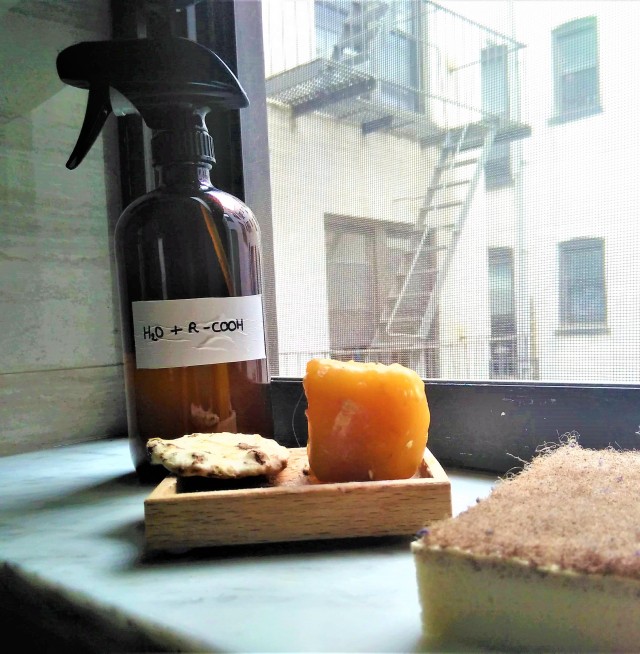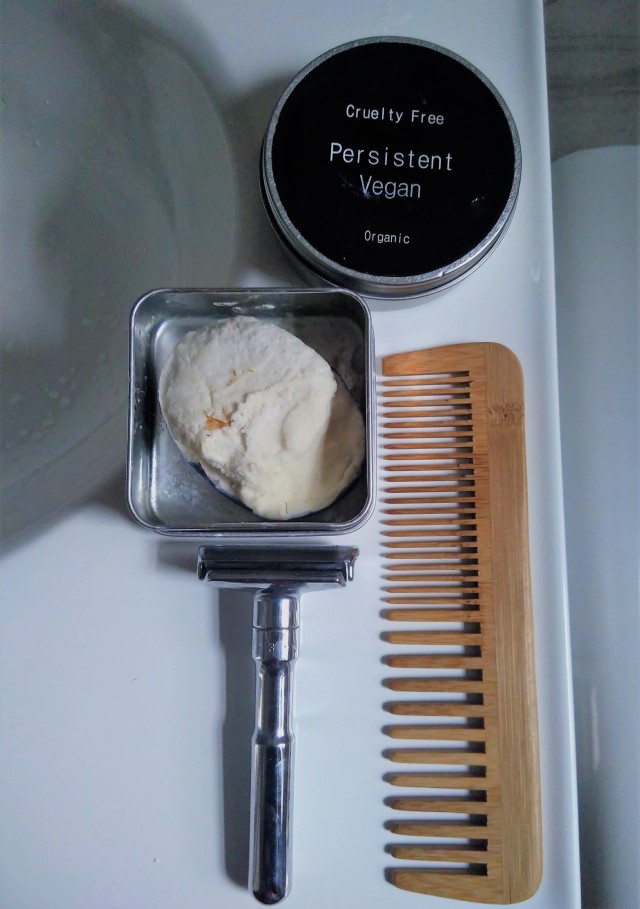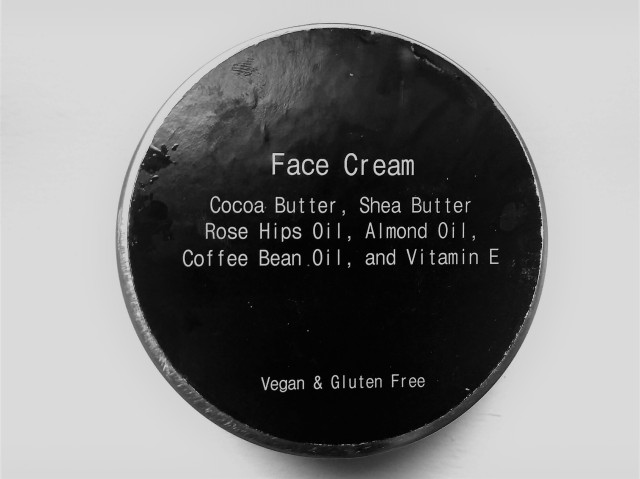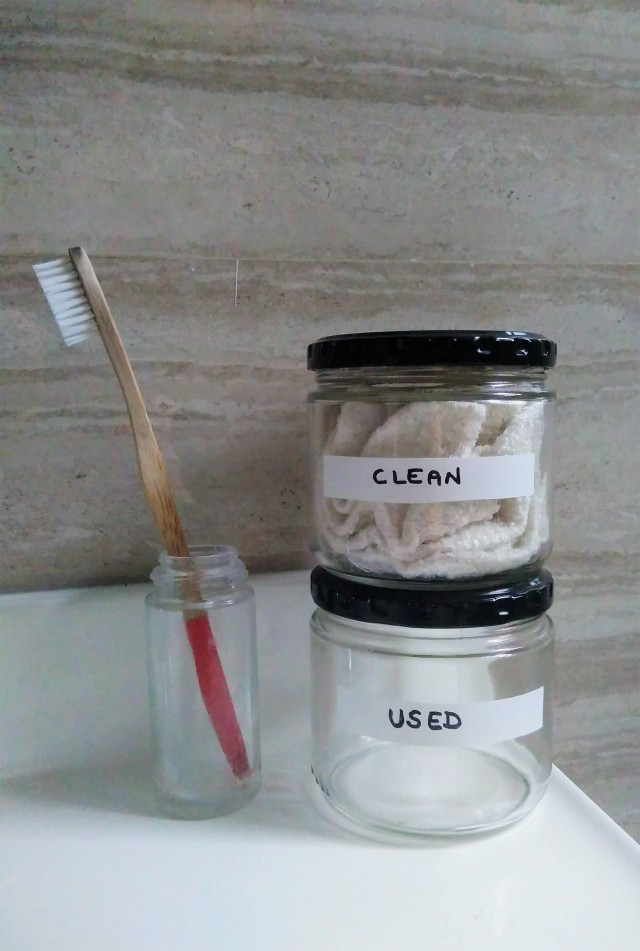With a title like that, you probably thought this article was going to be on balancing poses. Sorry to disappoint, but this is actually going to be on balancing life. Hopefully you’re still interested!
How life feels right now, except I wish I could get into Mayurasana 😉
So, it’s been a few months since I moved to NYC, and I am now relatively settled into a routine. Work is going well, teaching at the shelter and living with the boyfriend too, and I am enjoying what the city has to offer in terms of art and events.
Yet I find it difficult to practice as much as I would like. Or rather, the way that I would like? Kind of both. It’s not like I stopped practicing, I still do – but less than before, and always self-practice. While I did probably not do enough of it while living in Utrecht, I feel like doing solely self-practice is making me stagnate a bit. While I rarely have the issue of “what should I do now?” which I often think of as the “entry barrier” to self-practice, I feel like I’m not exploring as far as I did in a class / teacher training setting. I guess I miss the teacher’s push to go deeper. I wish I were already at a stage where self-practice is sufficient to “unlock” new aspects of poses, but it simply doesn’t seem to be the case. So self-practice sort of “maintains” my level of yoga, but I’m not managing to go further. And I’m not talking physically, as I can feel that my handstands for exemple have progressed – I can more easily balance now than six months ago, but more at an understanding-of-the-pose level.
This is an issue as I fully intend to keep on deepening my yoga practice as well as my teaching. I initially planned to take my intermediate Junior I exam next year, but this feels premature at this point. For one, the style of teaching in the US is actually quite different from the Netherlands, which I find quite weird considering of all the rules we have to follow. Not that it is better or worse, simply a different way to present things, use props, or talk about certain movements. This might also be due to the fact that English is first language here versus in the Netherlands and even for myself (though teaching in French is always a bit weird for me as I very rarely do it!).

Pincha Mayurasana, one of the balancing poses on the Junior I syllabus
Anyhow, I already mentioned that it is difficult for me to get to the Institute here in New York, because of very unpractical class times for working people added to a very impractical commute from work. It is quite frustrating to know that great teaching is happening so close, yet I cannot benefit from it.
Added to this is the difficulty to take holidays or days off as a scientist. Officially, I am not entitled to any days off this year. Unofficially, my supervisor is nice enough to have let me take a day here and there, and even a week in October. But clearly, I cannot take a day off every other week to go to a yoga workshop, or half a week to go to the IYNAUS convention. Let’s not even think about taking a month off to go to Pune… when I already have issues planning a trip to Europe to see my family.

So finding a life-work balance is proving difficult. I’m not ready to become a full-time yoga teacher yet, if ever. As much as I like teaching, I also genuinely enjoy my research and I hope it will result in a drug which will save lives within a few years. And even if I did quit my job (which, reasonably, I anyways cannot do for visa reasons, but assuming I could get a different visa), I would like to spend more time doing animal rights activism and possibly finding a job in science policy. I could see how this would fit more easily with a yoga schedule though. Then again, in a few years I will likely want to raise a child, which will also take time. So is it possible to have it all? Am I too involved with my “day job”? If you truly want to teach yoga and walk forward on the yogic path, is there no other way but to become a full-time yoga teacher?
I think of Mr. Iyengar and the path he took away from the “traditional” yogis, as a house owner (grihasthin) and not a renunciate (sannyasin). At the time, being a yoga teacher was most certainly weird, and a very risky career choice… Yet it enabled him to spend hours and hours mastering the craft, and he not only mastered it, but spread it all around the world so far that nowadays everyone knows about yoga. He knew it was his calling, and he answered to it, leading him to create an amazing community and recording an incredible depth of knowledge. While I feel truly grateful for my situation as well as everything I have achieved so far, I can’t help but wonder: what do you do when you have more than one calling? Is it a case of “jack of all trades, master of none”? Or is it simply one of our time’s illness, and my inability to truly get to the essence of yoga, “stilling of the waves of the mind” (Yoga Sutras of Patanjali I-2)?

I would love to hear your thoughts in the comments. How do you manage your practice / teaching and your regular job + family life? Were there times when it was more difficult? What tips and tricks helped you to find your balance? What made you want to teach full-time?



